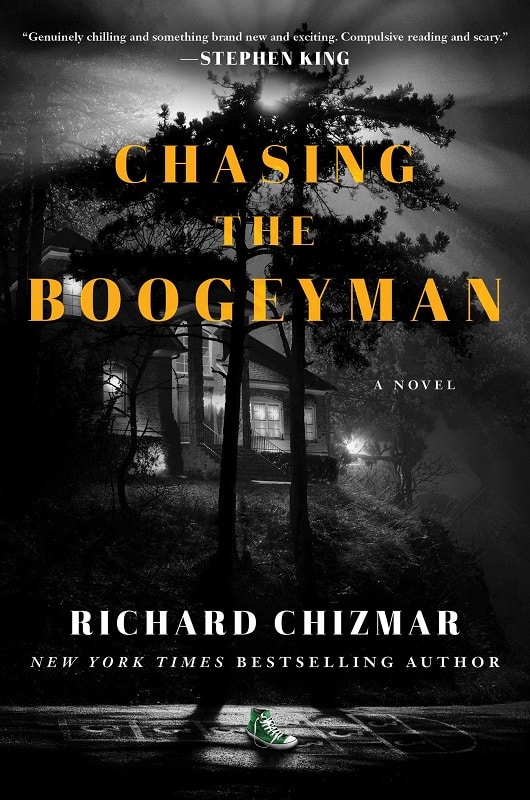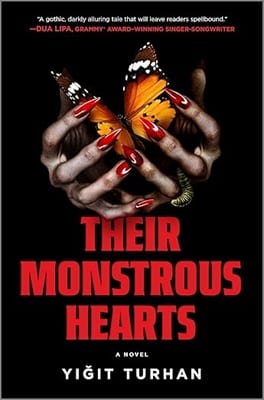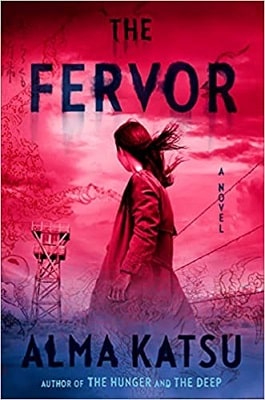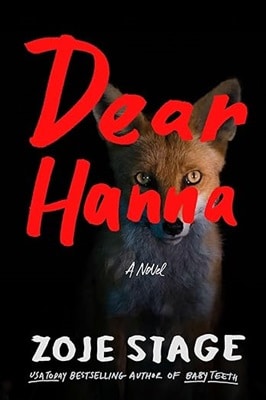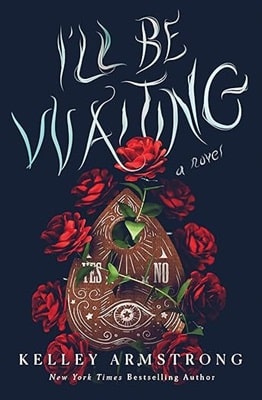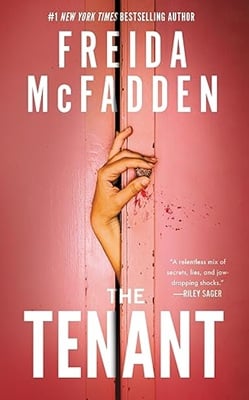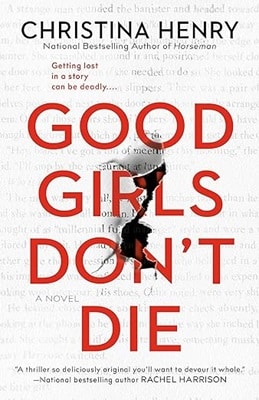
Q&A
Richard Chizmar
Richard Chizmar is a New York Times, USA Today, Wall Street Journal, Washington Post, Amazon, and Publishers Weekly bestselling author.
He is the co-author (with Stephen King) of the bestselling novella, Gwendy’s Button Box and the founder/publisher of Cemetery Dance magazine and the Cemetery Dance Publications book imprint. He has edited more than 35 anthologies and his short fiction has appeared in dozens of publications, including multiple editions of Ellery Queen’s Mystery Magazine and The Year’s 25 Finest Crime and Mystery Stories. He has won two World Fantasy awards, four International Horror Guild awards, and the HWA’s Board of Trustee’s award.
Q. Your upcoming Chasing the Boogeyman is a work of metafiction that combines true crime and horror, and includes a young Richard Chizmar as the protagonist. What inspired you to write in this format? What did it feel like to write yourself in as a fictional character?
Richard: I’m a longtime fan of true crime books and documentaries, but if I’m being completely honest, the format of Chasing the Boogeyman was one of those “happy accidents” that writers often talk about. From Day One, I had a pretty solid grasp of the story I wanted to tell—the time period, the setting, the characters—and it quickly became apparent that because we had actually lived much of the story I would be basing the main characters on my younger self and the circle of friends with whom I grew up. Once I got into the actual writing, I thought: What the hell? I’m just going to tell my story the way I remember it.
Once that was settled, once I realized that twenty-two-year-old Rich Chizmar was indeed going to serve as the conscious of the story, the true crime format quickly followed. I immediately envisioned a grim detailing of the investigation from first day to last, as well as black-and-white photographs appearing at the end of each chapter, hopefully lending an added sense of authenticity to the story I was trying to pass off.
Q. How much is fiction?
Richard: As for how much is fiction and how much really happened, it’s kind of tough to nail that down with any accuracy. Just as in real life, the story kind of blended back and forth. I will say this: all the childhood memories of growing up in Edgewood, all the adventures and misadventures with my friends—they’re all true. Every word.
Q. Famously, you frequently write alongside Stephen King, from screenplays (Trapped) to books (The Button Box series), and more. What is your process of co-writing with King like?
Richard: I imagine it’s how most folks handle collaborations these days, especially with many Covid restrictions remaining in place. Once Steve is finished with a section, he emails it my way; I spend some time with it, and email it back. And back and forth it goes, a kind of virtual ping pong game, until we are finished with the story. We rarely discuss what comes next before sending it along. There’s a lot of trust involved in allowing the other person to take our words and ideas and run freely with them. I think it’s also more fun that way. It leaves plenty of room to surprise and challenge each other.
Q. Do you spend time together outside of writing?
Richard: Steve spends all his time in Maine and Florida, and is extremely busy with writing and family life, so we don’t get to see each other in person very often. But when we do—usually at a film premiere, baseball game, or a lunch/dinner—it’s always a great time with lots of laughing and brainstorming. Hopefully, we can catch an Orioles and Red Sox game this season.
Q. Besides being a novelist, producer, and screenwriter, you’re the founder of horror imprint Cemetery Dance Publications. What are some of your blockbusters? Are there any near-misses you wish you’d published?
Richard: There are plenty of books I wish we had published, but only because we were never offered them in the first place. So no real regrets there. As for blockbusters, it’s all relative. Many of the books we’ve published that I consider to be “blockbuster” releases were strictly limited editions, so sales were restricted right out of the gate. But in my heart and mind, they were still blockbusters! I’m thinking first and foremost about any of our Stephen King limiteds, but also some wonderful books by the likes of Ray Bradbury, Gillian Flynn, Michael Koryta, Josh Malerman, and many others.
The first blockbuster as far as actual sales numbers were concerned has to be Blockade Billy by Stephen King. We surprised a lot of booksellers with that one and it ended up going through a number of printings before Scribner took over and reprinted their own trade edition. Our all-time top seller is Gwendy’s Button Box, which debuted at #5 on the USA Today bestseller list and #6 on the New York Times list.
Q. Your Cemetery Dance Magazine has won every major genre award in its category. How did it begin? What are some of your biggest achievements with the publication? Where are you going from here?
Richard: I started Cemetery Dance when I was a senior in college at the University of Maryland. I was writing and just beginning to sell horror and suspense short stories of my own—and racking up piles of rejection slips, too. After awhile, I noticed a pattern starting to develop. My excitement at being published was often tempered by a sense of disappointment when I opened the envelope and pulled out my contributor copies. Too many times, the small press magazines and fanzines containing my stories were poorly produced and of embarrassingly low quality. So, being young and dumb enough to believe I could do better, I announced my own magazine in the summer of 1988 and released the debut issue of Cemetery Dance later that December. It’s been a wild ride—and a constant learning process—ever since. And a whole lot more difficult than it looks.
As for the magazine’s biggest achievement, it has to be this: survival. It’s been almost thirty-five years since that first issue, and more ups and downs than I care to count, but we’re still here. We’re still hanging on. I’m not sure what the future holds for the magazine, but I will say that I can’t imagine a day where we aren’t working on a new issue and planning a few surprises for readers.
Q. What are you working on now?
Richard: I’m right at the tail end of taking care of a slew of loose ends before beginning work on my next novel. A handful of short stories, a couple of essays and anthology introductions, a script rewrite—those sorts of things. Once I start the new book everything else will pretty much fall away, whether I want them to or not.
Richard Chizmar's Latest
Chasing the Boogeyman
In the summer of 1988, the mutilated bodies of several missing girls begin to turn up in a small Maryland town. The grisly evidence leads police to the terrifying assumption that a serial killer is on the loose in the quiet suburb. But soon a rumor begins to spread that the evil stalking local teens is not entirely human. Law enforcement, as well as members of the FBI are certain that the killer is a living, breathing madman—and he’s playing games with them. For a once peaceful community trapped in the depths of paranoia and suspicion, it feels like a nightmare that will never end.
Recent college graduate Richard Chizmar returns to his hometown just as a curfew is enacted and a neighborhood watch is formed. In the midst of preparing for his wedding and embarking on a writing career, he soon finds himself thrust into the real-life horror story. Inspired by the terrifying events, Richard writes a personal account of the serial killer’s reign of terror, unaware that these events will continue to haunt him for years to come.
More Horror
Advertisement

